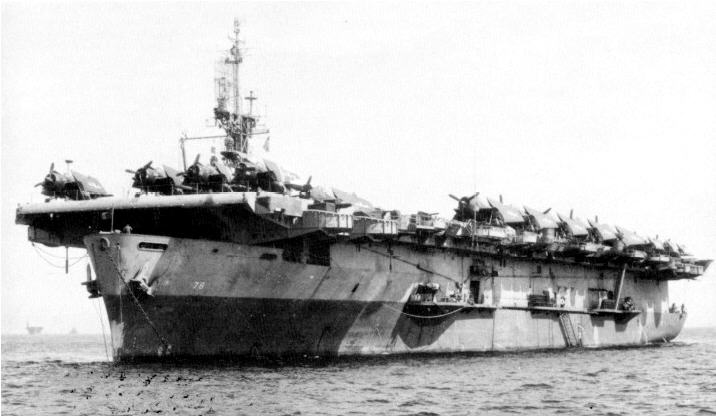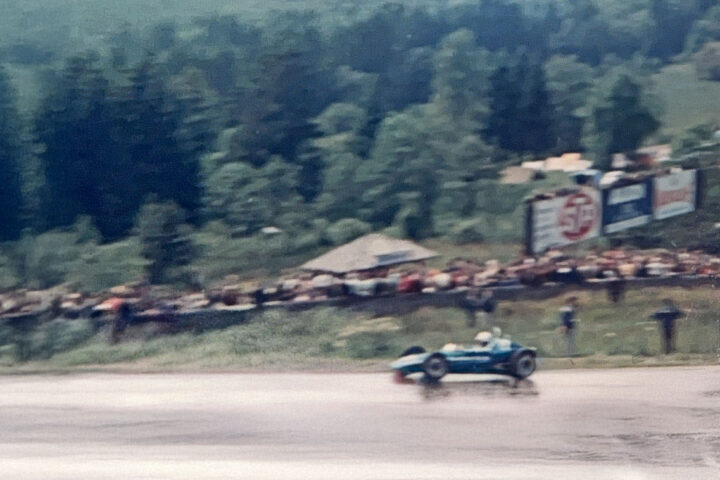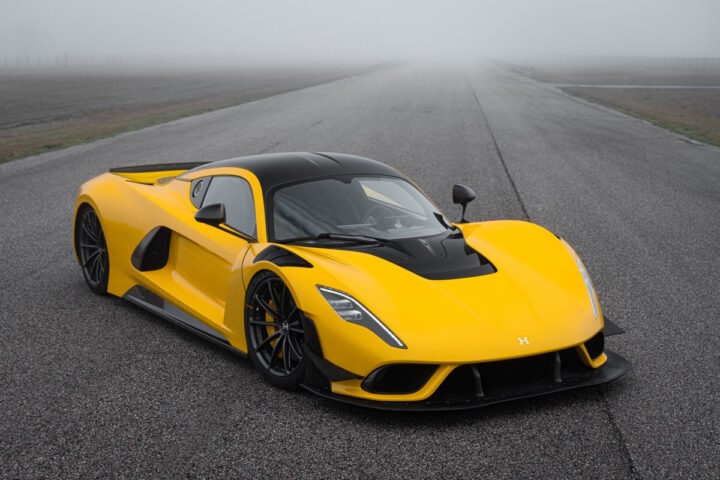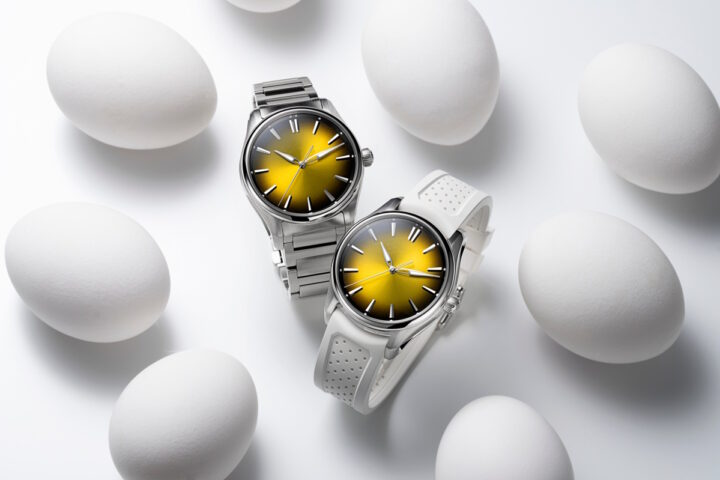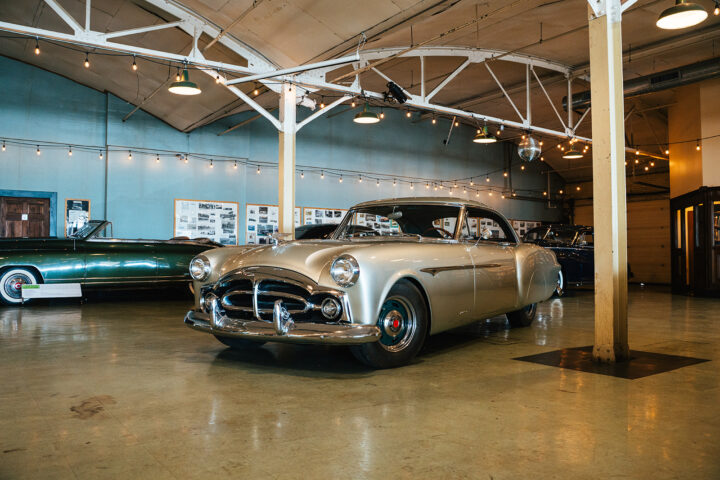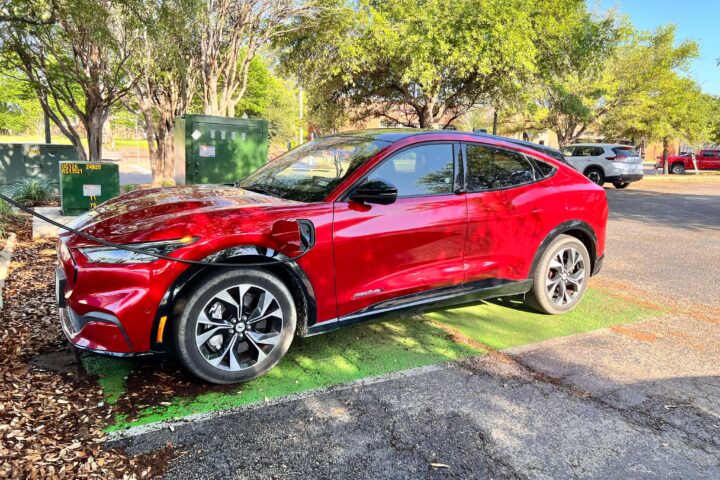Reflecting on this veterans day I thought I would share a family story.
My Great Grandfather “Bud” Moore recently passed away, he was many things, a wonderful father, devoted husband, and a lover of nature… but one thing that he seldom liked to speak about was his service in World War II. It was on a trip out to their place about 8 years ago with my cousin Nathan that he sat down with us and told us his experience in the war.
 |
| Bud Moore |
The Japanese had bombed Pearl Harbor and the sleeping giant that was the United States had been awaken, unlike many young men of the day Bud was not expecting to be fighting in the trenches, but figured since he was older (33), had a family, and had no previous military experience, he was not likely to be drafted.
But the letter came and Bud went down to the draft office, where he was surprised to have been given a choice about which branch of the military to join, the Army or the Navy. “I chose the Navy because at least I would not have to sleep in the mud” he said was his reasoning for joining up with the US Navy.
The family was uprooted and moved to the west coast where Bud would be receiving his basic training in San Diego. Not fully knowing the capabilities of the Japanese Navy the entire West Coast of the United States was on the alert for air or naval attack. The city of San Diego functioned under a sea of camouflage netting and strict lights out rules were applied. It was a stark contrast for the young family adjusting to war time life.
 |
| USS Savo Island |
Bud was assigned to the USS Savo Island a Casablanca-class escort carrier she was named for a battle fought near Savo Island in 1942. On July 6th, 1944, her air squadron reported on board; and, after training at San Diego and Pearl Harbor, she reported to the 3rd Fleet at Pearl Harbor on August 4th. Bud served as a forward Oerlikon anti-aircraft 20 mm cannon gunner. His first taste of combat was when the Savo Island was sent to provide air support for the landings on Peleliu Island in the Palaus. She operated with a group of escort carriers near the island, while her planes conducted pre-invasion strafing, direct support of ground forces and patrol missions. On October 3rd, she reported to the 7th Fleet at Manus and sailed on the 12th,using the screen of the bombardment and a support group of battleships and cruisers of the Leyte invasion task force.
Upon arriving on the 18th, her aircraft carried out patrols and strikes against predesignated targets, and shifted to ground support missions as the troops went ashore on the 20th. Her planes remained at the task for the next few days.
On the morning of the 25th, an escort carrier force off Samar, “Taffy 3,” some 20 miles to the north reported a large enemy surface force. This turned out to be the central force in a three-pronged, Japanese naval assault on Allied forces at Leyte, consisting of 4 battleships, 6 cruisers, and many destroyers. The escorts of Savo Island group also came under fire for about 30 minutes, as the carrier launched a total of 6 strikes in a desperate and successful effort to protect herself and the other carriers from annihilation. The Japanese retired in the face of the intense air opposition, losing three cruisers in the engagement.
 |
| Oerlikon anti-aircraft 20 mm cannon |
During the afternoon, Bud and the rest of the crew heard the call to battle stations. The Japanese had learned their lesson wanted to sink the 7th fleet.This is where the allies experienced the first suicide attacks of the war. The results of the attacks by the Kamikaze shook the U.S. servicemen to their core, and ratchitied up the way all anti-aircraft gunners fought. “Now that we knew that those Son’s of Bitches were crazy enough to ram into us, we knew we had to shoot everyone of them down as quickly as possible”. The Savo Island remained off Leyte until October, when she sailed for the Admiralties.
She served with two other escort carriers as a patrol and escort force in the convoy lanes leading to Leyte Gulf. After replenishing in Kossol Passage in the Palaus, she got underway on December 10th for her third amphibious operation, the landings on Mindanao. Once again, she covered the bombardment group during the approach and then provided direct support over the beaches for 5 days until relieved by Army aircraft. Threat of a Japanese surface raid delayed her departure for two more days, when she sailed for Manus.
The crew of the Savo Island performed similar duties during the Lingayen Gulf operation commencing January, 1st, 1945. During the approach, a sister ship, the Ommaney bay, was sunk by a kamikaze in some of the hardest fighting the 7th fleet had faced. While Bud was at his gun a Japanese Zero turned towards the Savo Island and was headed directly towards Bud’s section of the ship. Bud fired hitting the Zero several times but his gun suddenly stopped firing. As the familiar sound of the kamikazes plane grew louder Bud realized that the spotter had fled not allowing his gun to fire. (The spotter would stand on a switch with his foot allowing the 20mm cannon to fire, this was to prevent friendly fire) The damaged Zero swept down and Bud ducked down behind the thin armor shield of his gun and braced for the worse. “In that moment, as the plane was coming in I just closed my eyes and all I could see was Jo” (his wife).The plane piloted by a dead man grazed the Savo Island, bouncing across her deck and crashing into the sea on the other side, it was January 5th, 1945. After the Lingayen landings, the group steamed to the westward of Mindanao, as a defense against enemy surface attack. After supporting landings near Subic Bay, she retired to Ulithi for repairs and replacement of her air group.
After repairs and training exercises for her new pilots,Savo Island departed Leyte with the invasion force for Okinawa, providing air cover en route. On March 26th 1945, with two other escort carriers, she supported the occupation of Kerama Retto, which was to become the main replenishment base for the naval forces off Okinawa. The following day, her planes joined the assault on Okinawa and flew antiaircraft and antisubmarine patrols as well. Between April 7th and 16th, she provided air cover for the replenishment group steaming to the east of Okinawa. She then resumed her support mission off Okinawa, and on April 27th she carried out neutralizing strikes against Sakishima Gunto, halfway between Okinawa and Formosa.
 |
| Bud Moore |
On August 6th, she sailed for the Aleutians and arrived on the day of the Japanese surrender. She departed on August 31st with a force of six escort carriers to support the occupation of northern Honshu and Hokkaido. The ship returned to Pearl Harbor on September 25, 1945, and was assigned to “Magic Carpet” duty. After picking up occupation troops at San Francisco, she made three voyages carrying troops home, one each from Guam, Pearl Harbor, and Okinawa. Released from “Magic Carpet” duty upon arrival at Seattle on January 14, 1946, she arrived at Boston, Mass., on March 16th for inactivation.
Bud and the rest of the men of the USS Savo Island received 4 battle stars for their World War II service. In addition, they received a Presidential Unit Citation for their service in the Western Carolines, the Philippines, and Okinawa between September 6th, 1944 and April 29th, 1945.

